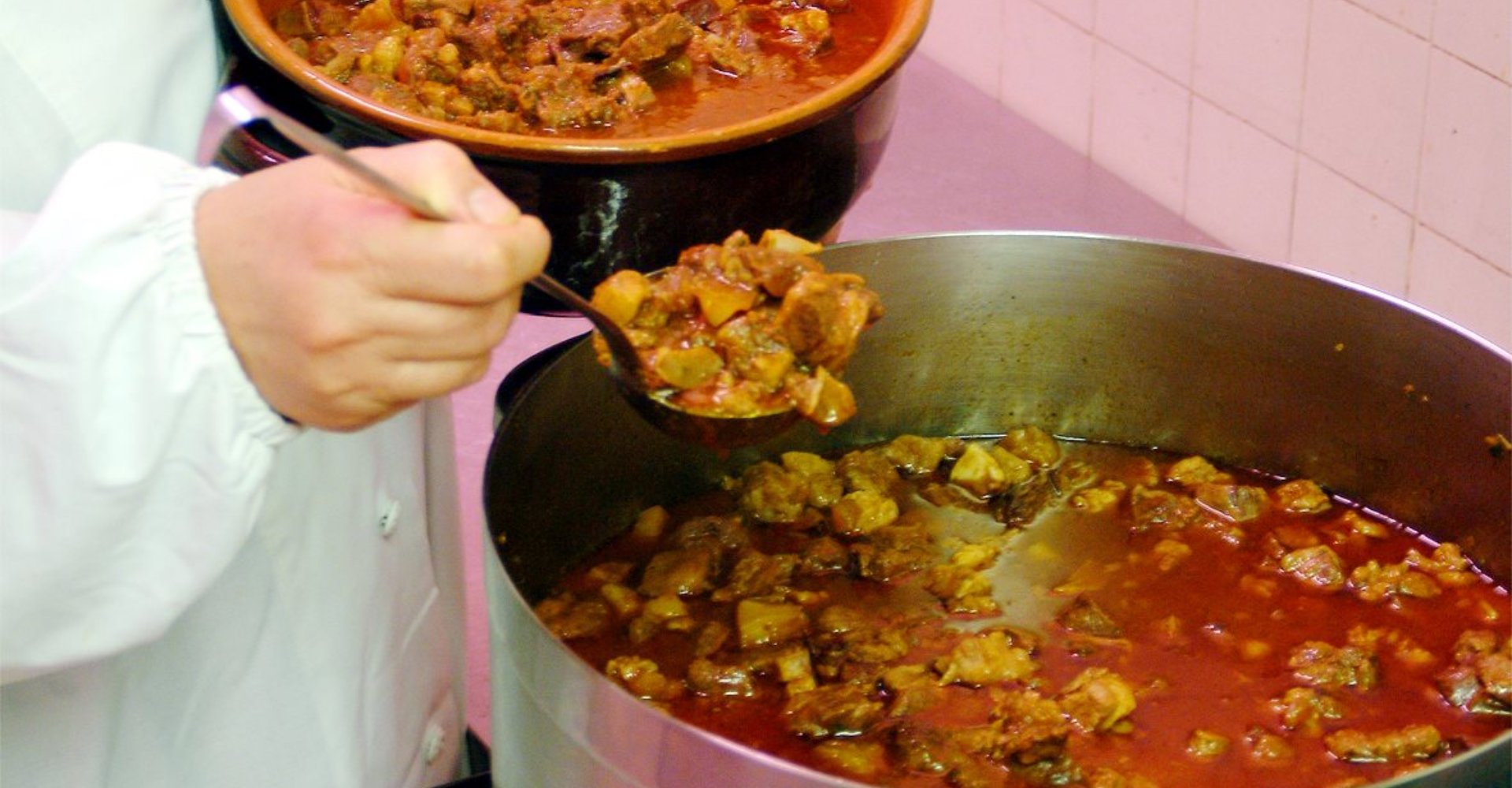‘Sangiovannese stew’ – Tuscan home-style goodness

Ingredients
Veal meat – leg muscle, finely chopped onion paste, celery, carrots, parsley. On the side, combine a bit of finely chopped garlic paste and lemon peel; salt, pepper, spices and a bit of nutmeg; veal bones, olive oil, red wine and canned tomato pulp.
It’s hard to explain this secret recipe which depends on a series of important factors including the quantity and type of meat used. In terms of helpful hints—cooks should only use terracotta or aluminum pots and only mix with a wooden spoon.
Method
Place the meat in the pot with oil and the two types of paste, adding salt, black pepper, spices and nutmeg. Mix well and heat on the stove top. Before completing this process, slowly boil the veal bones in water. Roast well until the oil at the bottom of the pan turns murky. At this point add a generous amount of red wine, covering the meat entirely and allow it to evaporate quickly. Once the meat turns brown add just enough tomato pulp to avoid the mixture from turning red. A little at a time, add the broth made from the veal bones to keep the meat from drying out. 15 minutes before it is finished cooking add a pinch of nutmeg. The stew should simmer slowly for nearly 4 hours.
Source: Pro Loco San Giovanni Valdarno



